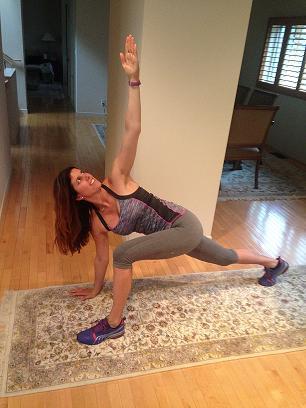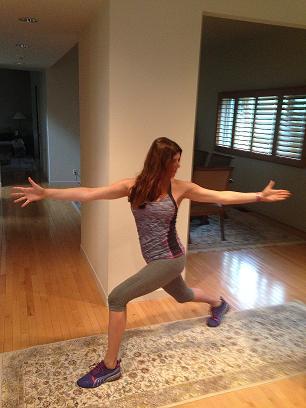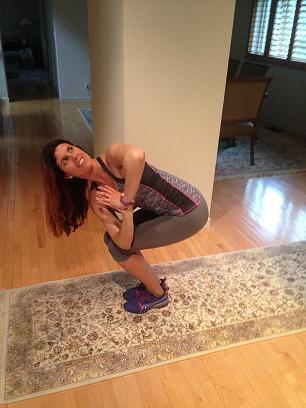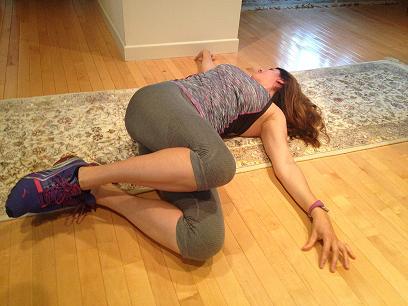The spine is built to move forward, back and through rotation. The problem is, modern-day society forgets to work the backward motion of the spine, or extension, as well as rotation, which therefore diminishes the natural range of motion of the spine over the course of time. The expression, if you don't use it, you lose it, is spot on for what occurs to the spine if one doesn't utilize its full potential. According to Beverly Hills celebrity orthopedic surgeon Dr. Raj, "Because much of the day is spent in a forward position (or forward flexion of the spine), people are losing height and experiencing avoidable back pains due to a restricted range of motion of the spinal facets, or segments of the spine."
With that said, ease your way into restoring spinal movement, and if you haven't lost its movement yet, then you are in a great position to preserve the natural movements of your spine for life.
Below are some spinal rotation exercises that look familiar to those of you who practice yoga, along with some other moves that invite the entire kinetic chain (all the muscles from your feet to your neck) to work in synergy with one another while working the spine to its fullest capacity.
These four exercises are excellent to incorporate into your workouts when training your legs and core. Make sure you follow the cues to remain in appropriate alignment so that you don't overcompensate for any of the postures. Focus on incorporating deep pelvic breathing so that on every exhale, you can rotate deeper into the posture.
For each exercise below, you can hold them isometrically (with no movement) for 30 seconds, or dynamically (with movement) performing 10 reps for each exercise.
Twisting Low Lunge:
Bring one foot forward and one foot back. Both hands will frame the front foot. Starting with the right side, plant your left hand firmly into the ground and reach your right hand to the sky. It is important to keep a deep knee bend in the front leg while straightening the back leg or slightly bending it. Use both legs to keep you steady, and keep the knees facing forward. The rotation should come only from your upper body, not from your lower body so ensure that the front knee is aligned over the ankle and not flaring out. Click HERE for video demonstration.
Twisting High Lunge: 
In lunge position, with one foot forward, one foot back, feet are hip distanced apart. Start with both arms in front of you and slowly rotate through the spine only, keeping your knees and toes facing forward, and follow your gaze over the hand that is rotating behind you. Click HERE for video demonstration.
Twisting Chair Pose:
Bring your feet and knees to touch. Sink your hips down until you are squatting. Be sure to send your hips far back enough so that you can see your toes if you were to look down. Start with your arms overhead, and then bring your hands to prayer pose at your heart. Without moving from your hips down, rotate through your upper body and hook your right elbow to the outside of your left knee. You can alternate that movement between sides or stick to one side at a time. Watch that your knees always continue to track over your ankles and that your lower back remains neutral by keeping your core muscles engaged the entire set. Click HERE for video demonstration.
Supine Spinal Twist: 
Lie on your back and bring your arms out like a "t" shape on the ground. Bring your legs to table top position. Slowly bring your legs to the right as you take your gaze (to rotate your neck) over your left shoulder. Use your arms and hands as leverage to ground yourself so that the emphasis of movement comes from your core. For best results, keep this exercise dynamic in nature vs. isometric. Click HERE for video demonstration.
Photo and Video credits: Mr Smith